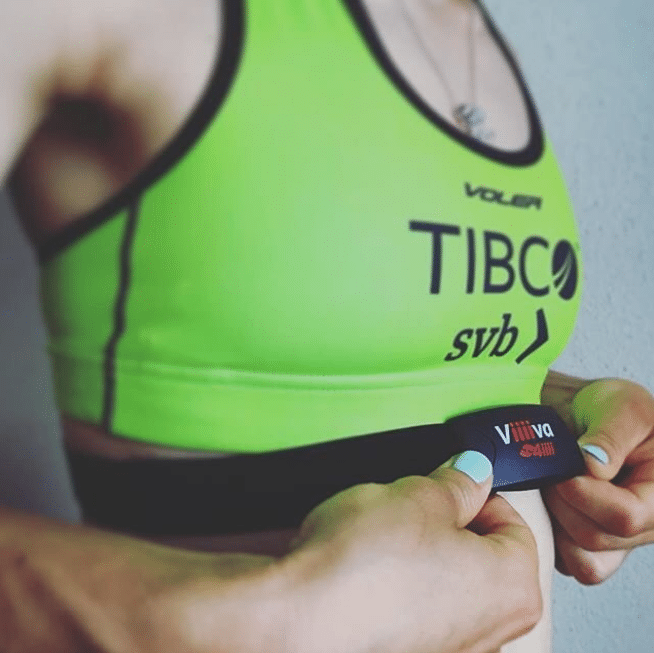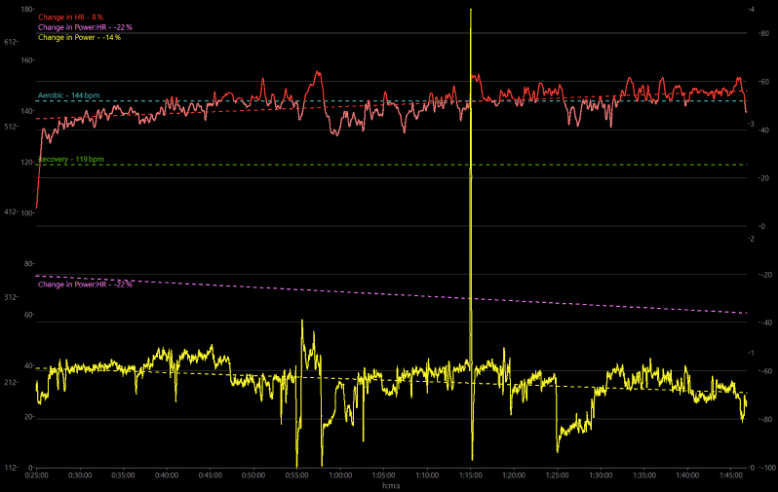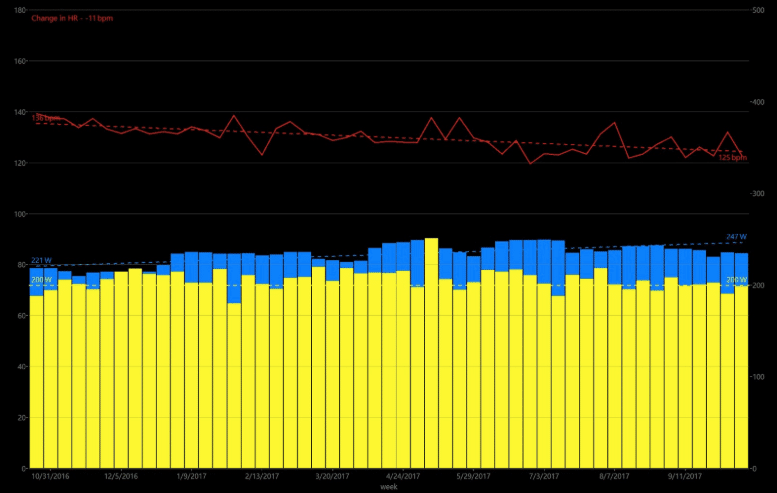Using Heart Rate with Power Measurement to Track Your Fitness
If you have a powermeter, why train with a heart rate monitor too? Jem Arnold, a registered Physiotherapist, cycling coach, and Cat 2 bike racer, digs into the details of why heart rate (HR) measurement is important.

Photo: Shannon Malseed, Australian Road Race Champion, on Instagram
You might have noticed that while power should always read the same number — 300 watts is always 300 watts — HR can change day-to-day for the same effort. How it changes depends on anything from the temperature, whether you are training indoors or outside, or how rested you are going into the workout.
So what is the value of heart rate if the number is never consistent?
The importance of heart rate measurement
Heart rate is important precisely because it is not consistent! HR is the best metric we can easily measure that reflects internal workload: how hard your body is working to produce the effort demanded of it. Whereas power is a measure of external workload: the energy transferred from your body to the bike.
Power is externally consistent: 300 watts will indeed always be 300 watts. Think of it like supply and demand, where power measures the demand you are placing on your body. Your body then has to expend resources to meet that demand via metabolic energy production, which reflects the supply. HR gives you a real-time measurement of how efficiently your body is able to expend those resources to convert it’s metabolic ‘fuel’ into power.
As we fatigue, our bodies become less efficient at producing power. We have to burn more metabolic fuel (internal workload) to produce the same power (external workload). This is intuitively obvious when we feel more tired at the end of a ride and feel like we can’t produce the same power compared to at the beginning.
How to track heart rate
The fact that HR can vary so widely for the same power is important because it gives you a clue as to the inner workings of your body and how your fitness is adapting over time. I use HR a few different ways, both during my workouts and after, when analyzing my data.
One of the measurable indicators of fatigue is called ‘Cardiac Drift’ or HR decoupling, which is the phenomena of your HR rising over time, for the same constant power output. The general advice is to respect cardiac drift and slowly decrease power over time to maintain a constant heart rate under your target.
If you were to continue at the same power while allowing HR to drift higher, it would result in you working harder (internally) than intended and accumulating greater physiological strain. This would delay recovery time until your next workout and possibly contribute to overtraining.
Here is an example of cardiac drift occurring during a fairly steady aerobic training ride.
HR (in red) begins to creep further above the athlete’s aerobic threshold (highlighted), even as power (in yellow) declines through the ride. The resulting cardiac drift (Power:HR in pink) ends up significantly altering the intended training stress of this ride.
Pulling back to a longer view of a full season, I can look at how average HR changes for a given constant power output, eg. 200 W.
Average HR (red line) decreases significantly over the course of the season, while average power (yellow bars) stays flat as expected within this power band (200 ± ~20 W).
Even more interesting is that aerobic threshold power (blue bars) increases through the season, showing clearly how the same external workload (200 W) costs relatively less aerobic capacity and therefore places a lower demand on internal workload as aerobic fitness improves over the course of the season.
Conclusion
Your heart rate monitor should be a critical part of your training equipment, just as much as your powermeter is. Both metrics can give you a perspective on your fitness, but using both together can give you the deepest insight into your physiology.





